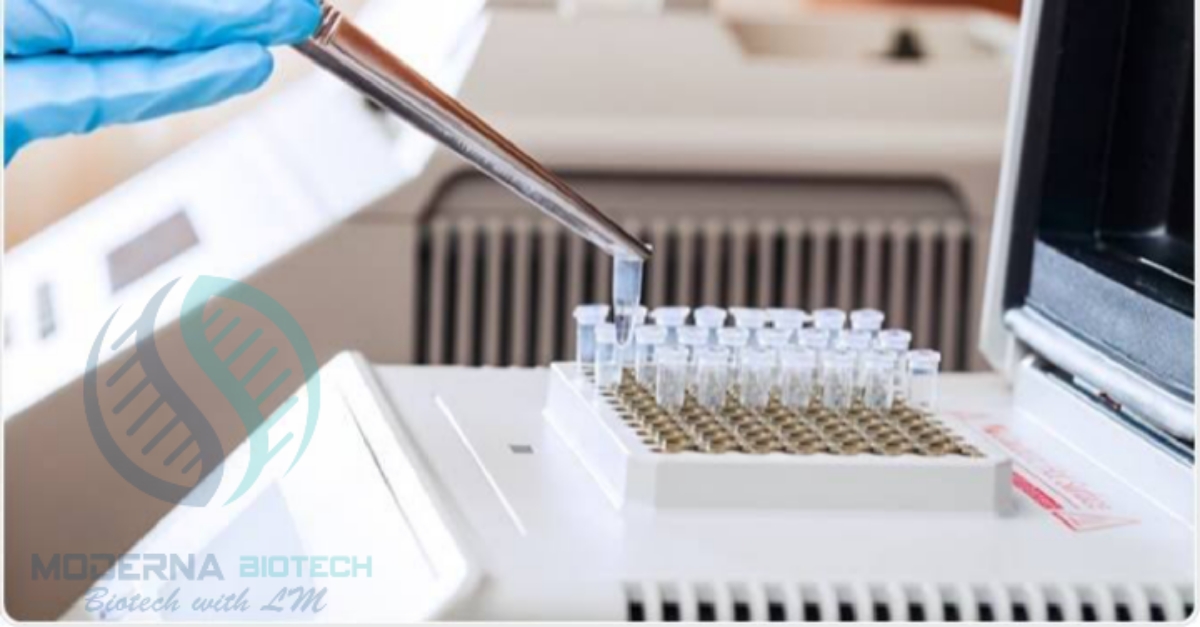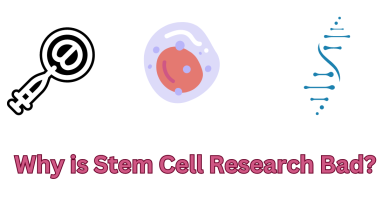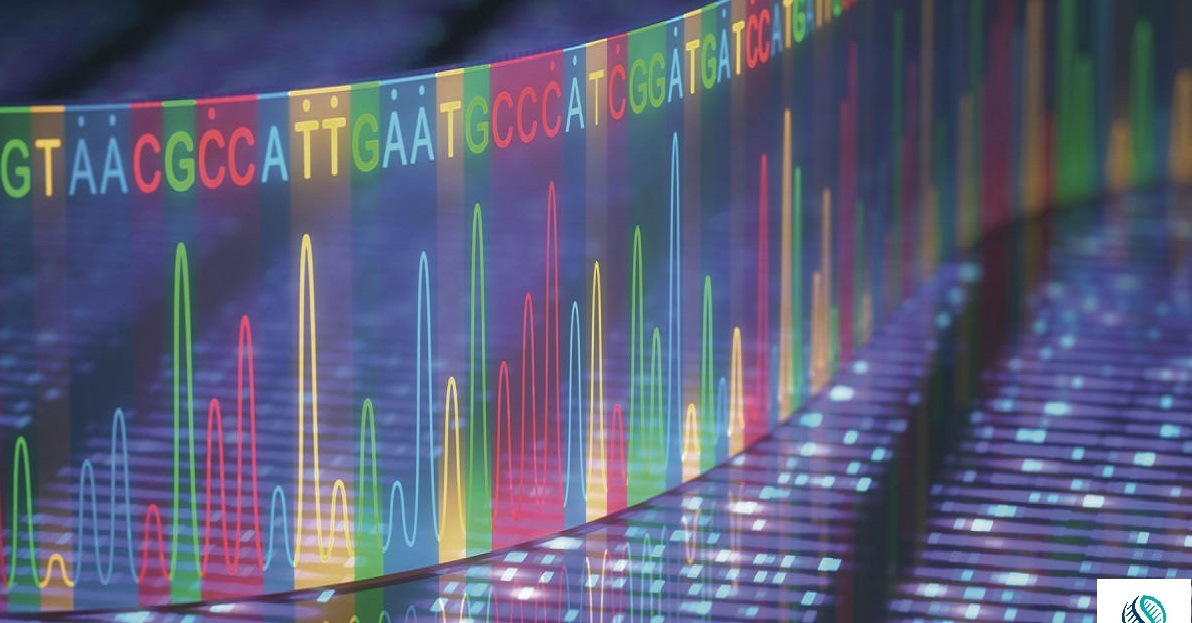Biotechnology
Pathogenesis and Genome structure of Covid-19

Pathogenesis could be defined as the development of the disease. Or it could be defined as the chain of events of diseases. The pathogenesis of a disease is actually the biological evet that leads to a diseased state. The term can also define the origin and progression of the disease, and whether it is acute, continuing, or recurrent. Genome is demarcated as the whole genetic material of organisms. It contains all the genetic instructions contained within an organism. In this article, the pathogenesis, and genome structure of Covid-19 or coronavirus will be discussed.
Pathogenesis and Genome structure of Covid-19
Genome Structure of Covid-19:
- Among all RNA viruses, the Coronavirus owns the largest genome comprising of about 30-kilo bytes. In addition, they have high recombination frequency and have a unique mechanism of viral replication.
- The subfamily of coronavirus namely Coronavirinae consists of four genera which are Deltacoronavirus, Betacoronavirus, Alphacoronavirus and gammacoronavirus.
- The Coronavirus genome is mainly a single-stranded positive-sense RNA having 5 prime cap structure and 3 prime poly-A tail structure.

Structure of Coronavirus:
- Coronavirus was generally divided into 3 distinct groups comprising Human Coronavirus 229E as group 1 coronavirus along with human coronavirus OC43 as group 2 coronavirus.
- These two groups of coronaviruses are accountable for 5-30 percent of respiratory tract infectionss.
- Coronavirus is rough and large spherical particles having unique surface projections. Their size is highly variable having a mean diameter of 120 nanometers.
- Extreme size coronaviruses range from 50 to 200 nanometers in diameter and have a mean molecular weight of 40,000 kDa.
- These viruses are in a closed envelope that is surrounded by numerous molecules of protein.
- The membrane protein, nucleocapsid, and lipid bilayer envelope shield the virus when it is external to the host cell.
- The envelope of coronavirus is comprised of a lipid bilayer where a membrane, a structural protein, envelope, and spike are attached.
- The envelope and membrane protein maintain the size and shape of the viral envelope when they combine with the lipid bilayer and these proteins are considered structural proteins.
- The human Coronavirus NL53 is irregular as its membrane protein has a host cell binding site instead of having a binding site with structural protein.
- The ratio of enveloped protein, a structural protein, and membrane protein is nearly 1:20:300 respectively and the mean diameter of the envelope is 85 nanometers.
Pathogenesis of Covid-19:
- Firstly, Coronaviruses infect several species of mammals counting humans, and cause numerous diseases. Many of these viruses infect domesticated animals also and cause mortality and morbidity which in turn lead to huge economic loss.
- Secondly, Coronavirus or Covid-19 seems to be the main health concern and could be devastating especially for children and older people.
- Thirdly, Covid-19 believed to have zoonotic origins and have genetic similarity closed to bat coronavirus. This suggests that coronavirus emerged from the bat.

- The illness which is caused by Covid-19 ranges from the common cold to severe illnesses for example severe acute respiratory syndrome (SARS) in addition to the Middle East respiratory syndrome (MERS).
- According to the World health organization (WHO) research, coronavirus isn’t an airborne disease but this disease spreads through droplets. Coughs and sneezes expel precipitations from the body and in turn, become the cause of virus spread.
- This virus transmitted from person to person through close contact with an infectious person.
- People having the disease of coronavirus principally develop signs and symptoms, counting mild respiratory symptoms and fever, on ordinary of five to six days after infection (mean incubation period 5-6 days, range 1-14 days). Most people infected with the coronavirus have a slight disease and get well.



